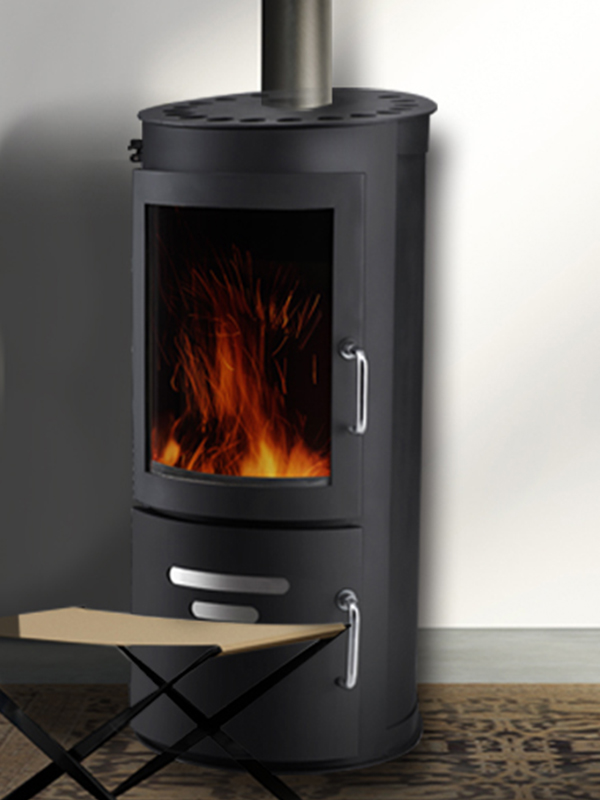A pellet stove is an efficient stove that uses compressed pellets or wood as fuel to generate a source of warm heat for domestic and even commercial spaces. It burns pellets in an enclosed drum that sits directly on the hearth surface. By slowly feeding pellets into a burn basket via a hopper, it creates a steady, low-flame heat that requires little effort to maintain. With a few simple design changes, a pellet stove can also be used as a portable heater. Pellet stoves are also a popular choice for outdoor cooking as well. They can easily be moved from the patio to the backyard with the flip of a button.
In their most common form, pellet stoves are made out of metal casting. A large metal plate is placed over the pellets and a ceramic brick is built up around this base. As the pellets are burned, the heat output is generated in the metal plate. The resulting room temperature heat is then released through vent holes in the top of the stove. Most modern stoves come with multiple heat outputs, allowing them to provide moderate to strong heat for a wide area.
Another feature of many modern pellet stoves is the built-in air compression chamber. A chamber located inside the body of the stove collects and stores the spent pellets until they need to be turned into usable fuel. Once this process is complete, the air chamber releases exhaust gases into the air ducts of the home or surrounding space. This feature allows for very efficient ventilation of the rooms where pellet stoves are used.
A modern stoves may contain one or more burner chambers. In the typical design, each of the chambers contains one or more bags. Typically, each bag holds a single pellet and prevents the waste of pellets from spreading out. However, if more than one bag is required, additional slots may be provided on the stove to allow additional bags to be inserted. Most modern pellet stoves have at least two chambers that contain bags; in some cases, three to four may be required.
The third major difference between traditional pellet stoves and modern models is that modern stoves are generally much larger than the old style. This is to facilitate the efficient burning of more pellets at one time. The additional space also allows more flexibility when creating the desired room temperature. Since the fuel is burned at room temperature, the entire stove does not have to be cooled down in order to maintain consistent temperatures.
Although pellet stoves do produce heat, this heat is somewhat uneven. As the pellets burn at room temperature, part of the energy is lost as heat and part of it is absorbed by the surrounding air. However, if a second pellet is added, the uneven heat distribution is evenly distributed and the overall temperature is increased. Because this extra heat is generated at a higher temperature, the result is a more efficient use of energy and a more comfortable cooking experience for the cook. Because of these advantages, most wood stoves with a biomass furnace generate heat by burning hardwood or softwood or both, not by burning a gas-powered engine.



